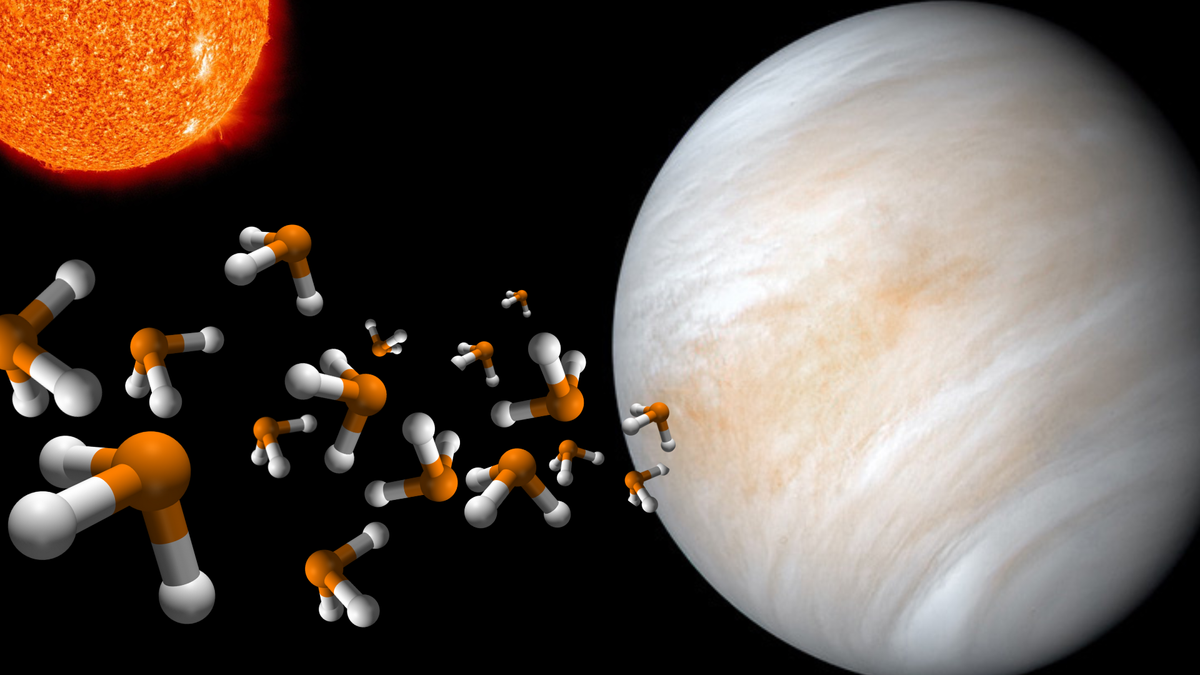The reports of phosphine on Venus (and thus the possibility of life) from a few years ago have stood up to verification.
"The James Clerk Maxwell Telescope (JCMT)'s initial detection of phosphine on Venus in 2020 by Jane Greaves of the University of Cardiff and her team was met by fierce disagreement from some quarters."
"Dave Clements of Imperial College, London said those technical disagreements have now been resolved and that the latest measurements, using a new detector on the JCMT called Namakanui (meaning 'Big Eyes' in Hawaiian), have come from three observing campaigns, each providing 140 times as much data as the initial detection."
"We don't know how you make phosphine or ammonia in an oxygenating atmosphere like that of Venus, Whether it's in penguin poop or badger guts, we don't know why bacteria make phosphine, but they do."
"One barrier to imagining how life could survive in Venus' atmosphere is the sheer acidity of the environment, with clouds of pure sulfuric acid. Even though the temperature at an altitude of 31.6 to 38.5 miles (51 to 62 kilometers) is temperate, as opposed to the sweltering 870 degrees Fahrenheit (465 degrees Celsius) on the surface, nobody can see how life could survive the acidity."
Venus may be able to support life, new atmospheric evidence suggests




